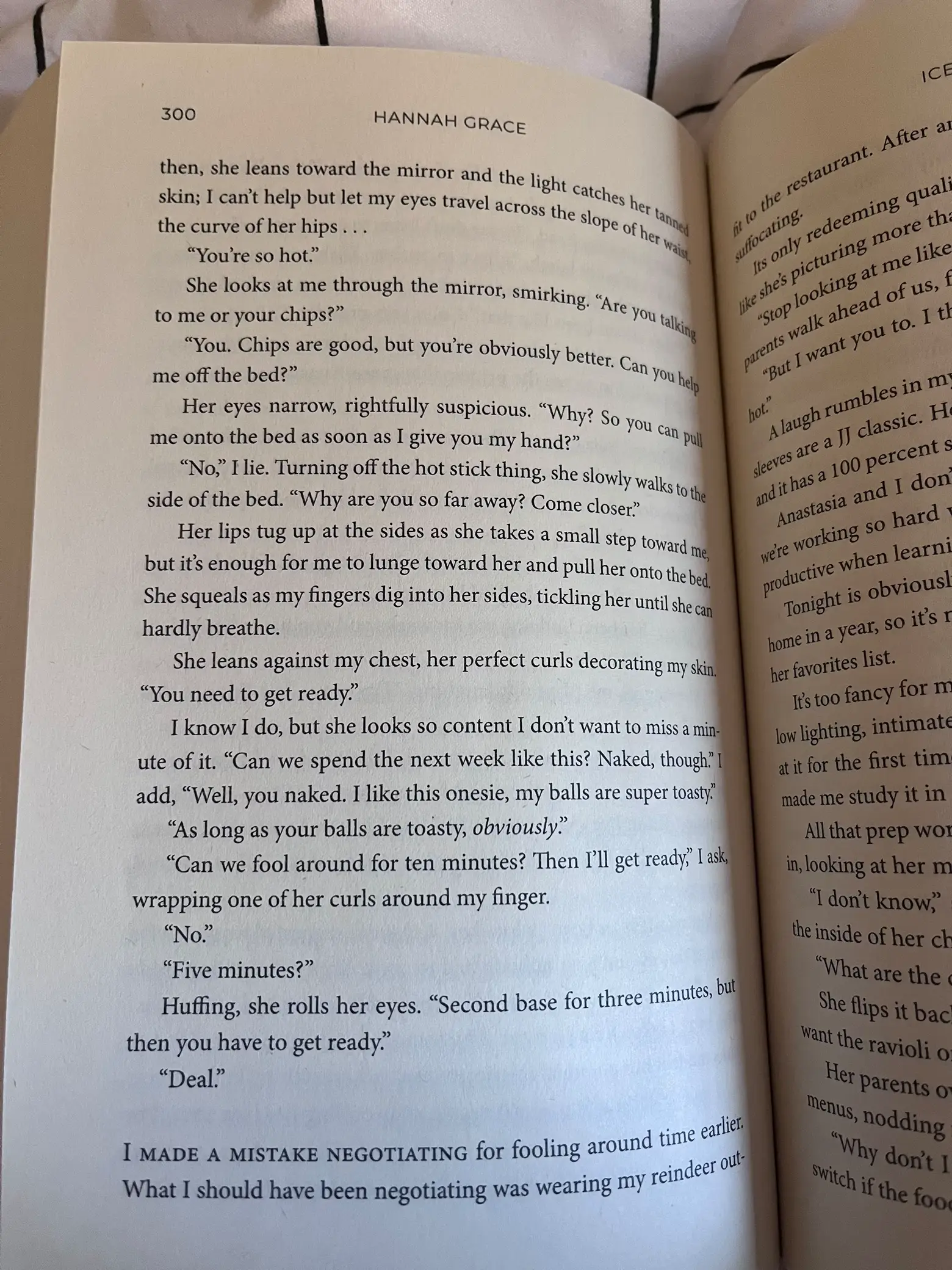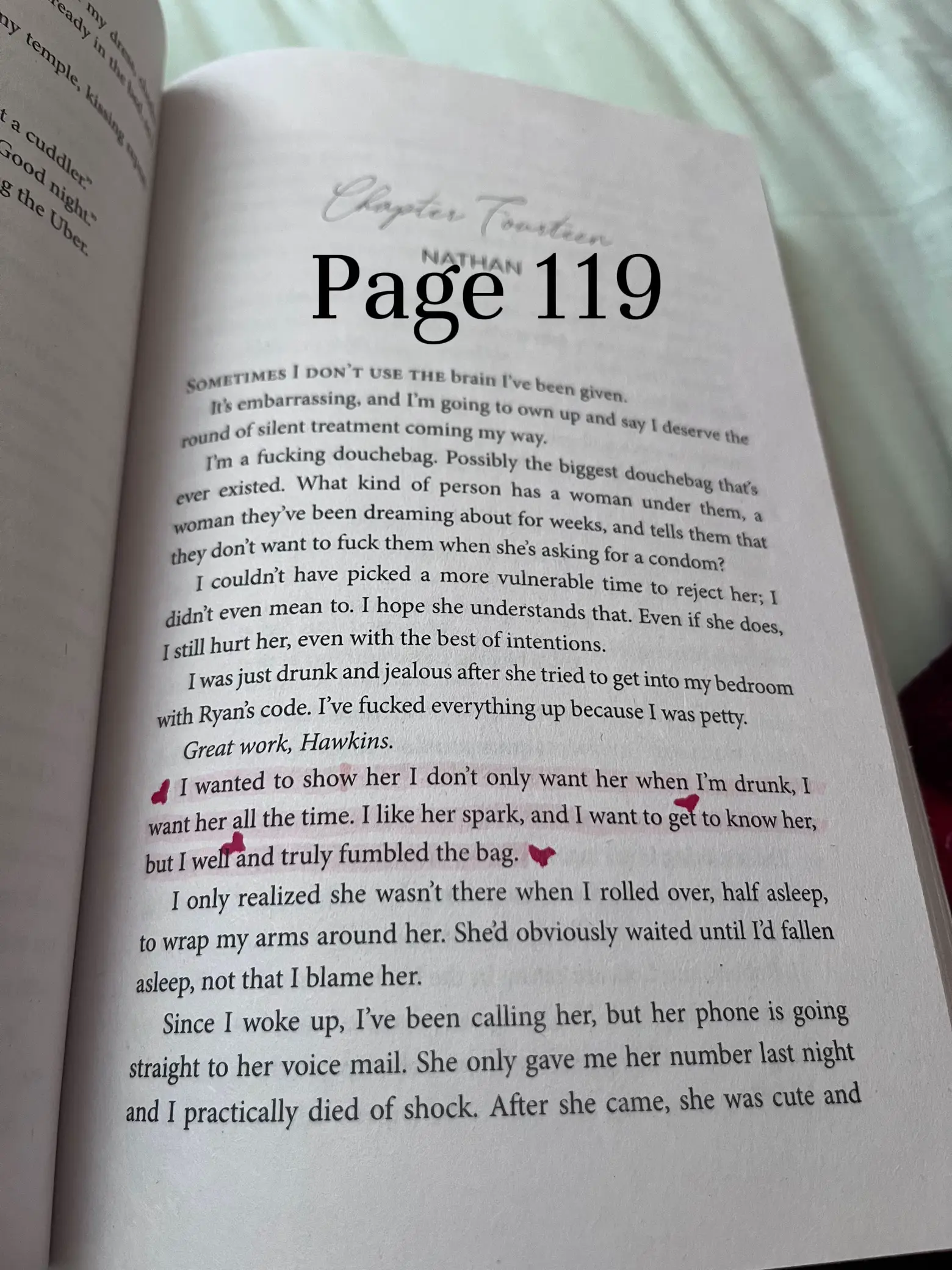**So, you're here because you want to dive deep into the world of ice breakers, huh? Maybe you're someone who's been struggling with starting conversations or finding that perfect opener to spark a meaningful interaction. Or maybe, just maybe, you stumbled upon this page because someone told you about the legendary "ice breaker book page 136." Whatever brought you here, you're in the right place. Let's break it down, shall we?
Let’s be real for a second—starting conversations can feel like climbing Mount Everest if you're not prepared. That’s where the ice breaker book comes in, specifically page 136, which has been hailed by many as the holy grail of conversation starters. It’s like having a cheat code for social interactions, and trust me, you’re going to want to know what’s on that page.
Now, before we dive headfirst into the magic of ice breaker book page 136, let’s talk about why this matters. We live in a world where communication is key, but it’s not always easy. Whether you’re at a networking event, on a first date, or just trying to make small talk with a stranger, having the right words at your disposal can make all the difference. This article is your ultimate guide to mastering the art of conversation, and we’re kicking things off with the ultimate page in the ultimate book.
- Is Ryan Reynolds A Twin Unveiling The Truth About Hollywoods Favorite Canadian
- Des Moines Jail Score The Inside Scoop You Need To Know
What is the Ice Breaker Book?
Alright, let’s get into the nitty-gritty. The ice breaker book is like the Rosetta Stone of social interactions. It’s a collection of carefully crafted questions, prompts, and conversation starters designed to help you break the ice with anyone, anywhere. Think of it as your secret weapon for turning awkward silences into engaging discussions.
And let’s not forget about page 136. This particular page has gained a reputation for being the crown jewel of the book. It’s where you’ll find some of the most thought-provoking and engaging questions that can turn a casual chat into a deep, meaningful conversation. Whether you’re looking to bond with a new friend or impress someone special, page 136 has got your back.
Why Page 136 Stands Out
Page 136 isn’t just any page—it’s the page that people keep coming back to. Why? Because it’s packed with questions that encourage vulnerability, curiosity, and connection. These aren’t your run-of-the-mill "What’s your favorite color?" type of questions. No, these are the kind of questions that make people think, reflect, and open up.
- Taron Egerton Siblings Unveiling The Family Dynamics Of The Golden Globe Winner
- Unlocking The Secrets Of Academia Path Your Ultimate Guide To Success
For example, one of the questions on page 136 might ask, "If you could live in any time period, which one would it be and why?" Or, "What’s the most adventurous thing you’ve ever done?" These questions are designed to spark genuine interest and create a space for authentic conversation.
Key Features of Page 136
Here’s what makes page 136 so special:
- Thought-Provoking Questions: Each question is crafted to make people think and reflect.
- Encourages Vulnerability: The questions are designed to help people open up and share personal stories.
- Creates Connection: Whether you’re at a party or on a date, these questions can help you form meaningful connections.
How to Use Ice Breaker Questions
Now that you know why page 136 is so important, let’s talk about how to use it effectively. It’s not just about asking random questions—you want to make sure you’re using them in the right context and with the right approach.
Here are a few tips:
- Read the Room: Pay attention to the vibe of the situation. Are people in the mood for deep conversations, or do they just want to keep things light?
- Be Genuine: Don’t just ask questions for the sake of asking them. Show genuine interest in the person’s answers.
- Follow Up: If someone gives you an interesting answer, ask follow-up questions to keep the conversation going.
Common Mistakes to Avoid
While ice breaker questions are powerful tools, there are a few mistakes you’ll want to avoid:
- Asking Too Many Questions: Don’t bombard someone with questions. Give them time to answer and elaborate.
- Ignoring Their Answers: Listening is just as important as asking. Make sure you’re paying attention to what they’re saying.
- Forcing Vulnerability: Not everyone is comfortable opening up right away. Respect their boundaries and let the conversation unfold naturally.
Benefits of Using Ice Breaker Book Page 136
So, why should you bother with ice breaker questions at all? Well, there are plenty of benefits:
1. Builds Confidence: If you’re someone who struggles with starting conversations, having a few go-to questions can boost your confidence.
2. Encourages Deeper Connections: By asking thoughtful questions, you’re more likely to form meaningful connections with others.
3. Improves Communication Skills: The more you practice asking and answering questions, the better you’ll get at communicating overall.
Scientific Backing for Ice Breakers
It’s not just anecdotal evidence—there’s actual science behind why ice breakers work. Studies have shown that asking open-ended questions can increase feelings of closeness and connection between people. In fact, a famous study by psychologist Arthur Aron found that asking a series of deep questions could even make strangers fall in love.
Where to Use Ice Breaker Questions
Ice breaker questions aren’t just for parties or dates—they can be used in a variety of settings:
Networking Events: Whether you’re at a conference or a professional gathering, ice breakers can help you make a lasting impression.
Team Building: In a workplace setting, ice breakers can help foster teamwork and collaboration.
Social Gatherings: From family reunions to friend hangouts, ice breakers can keep the conversation flowing.
Examples of Ice Breaker Questions
Here are a few examples of questions you might find on page 136:
- What’s the best trip you’ve ever taken?
- If you could have dinner with anyone in the world, who would it be?
- What’s the most surprising thing about you?
Tips for Creating Your Own Ice Breaker Questions
If you’re feeling inspired, you can even create your own ice breaker questions. Here’s how:
1. Keep It Open-Ended: Avoid yes/no questions. Instead, ask questions that require more thought and elaboration.
2. Be Curious: Think about things you genuinely want to know about the other person.
3. Mix It Up: Don’t be afraid to throw in some fun or quirky questions to keep things interesting.
How to Tailor Questions to Different Audiences
Not all questions work for every audience. Here’s how to adjust your approach:
- Professionals: Focus on career-related questions or industry-specific topics.
- Friends: Keep it light and fun with questions about hobbies or interests.
- Strangers: Start with neutral questions and gradually move into deeper territory as you get to know them.
Conclusion: Embrace the Power of Ice Breakers
So, there you have it—the ultimate guide to ice breaker book page 136. Whether you’re using it to spark conversations, build connections, or simply have some fun, the ice breaker book is a tool you don’t want to overlook.
Now, it’s your turn. Are you ready to take what you’ve learned and put it into action? Go ahead and try out some of the questions on page 136—or even create your own. And don’t forget to share your experiences in the comments below. We’d love to hear how it goes!
Table of Contents
- La Paz Mexico Safety Your Ultimate Guide To Staying Safe While Exploring This Beautiful City
- Jurnee And Jussie Smollett A Journey Through Fame Controversy And Legacy


